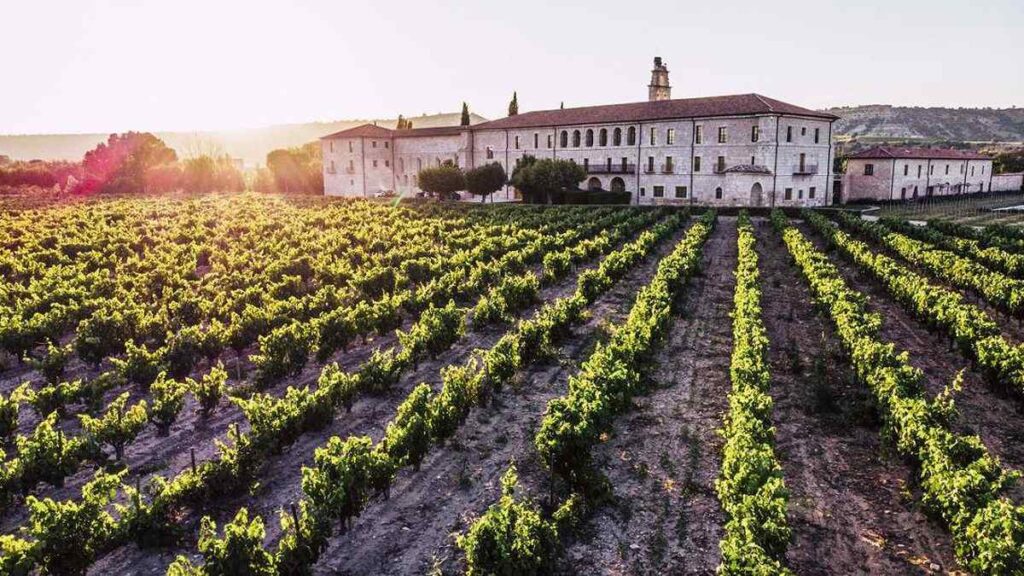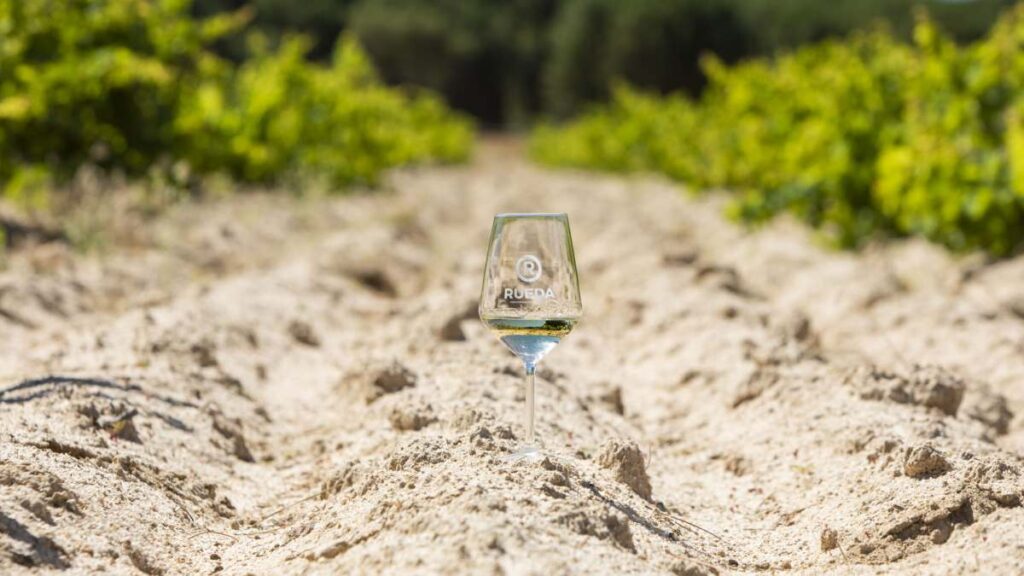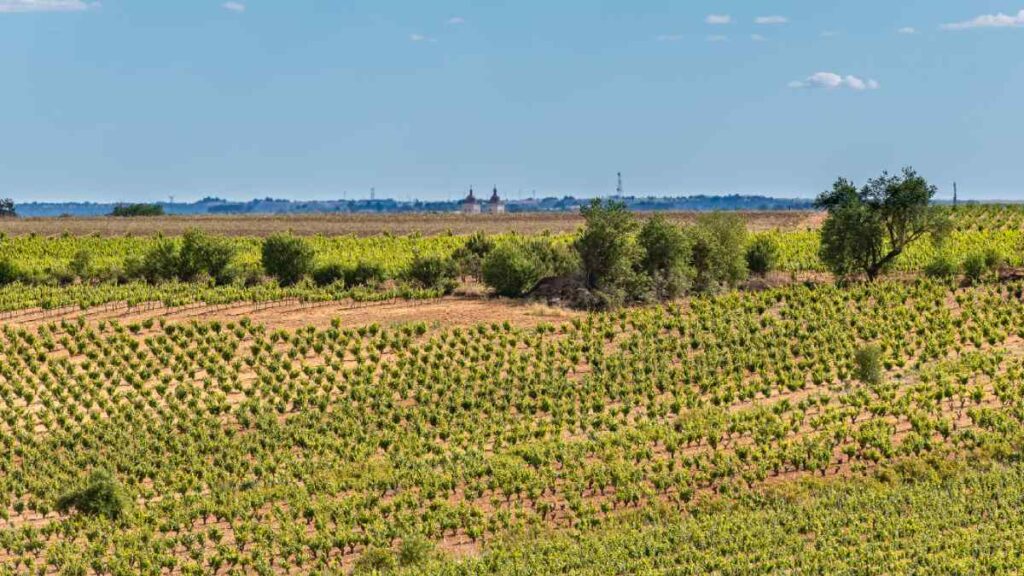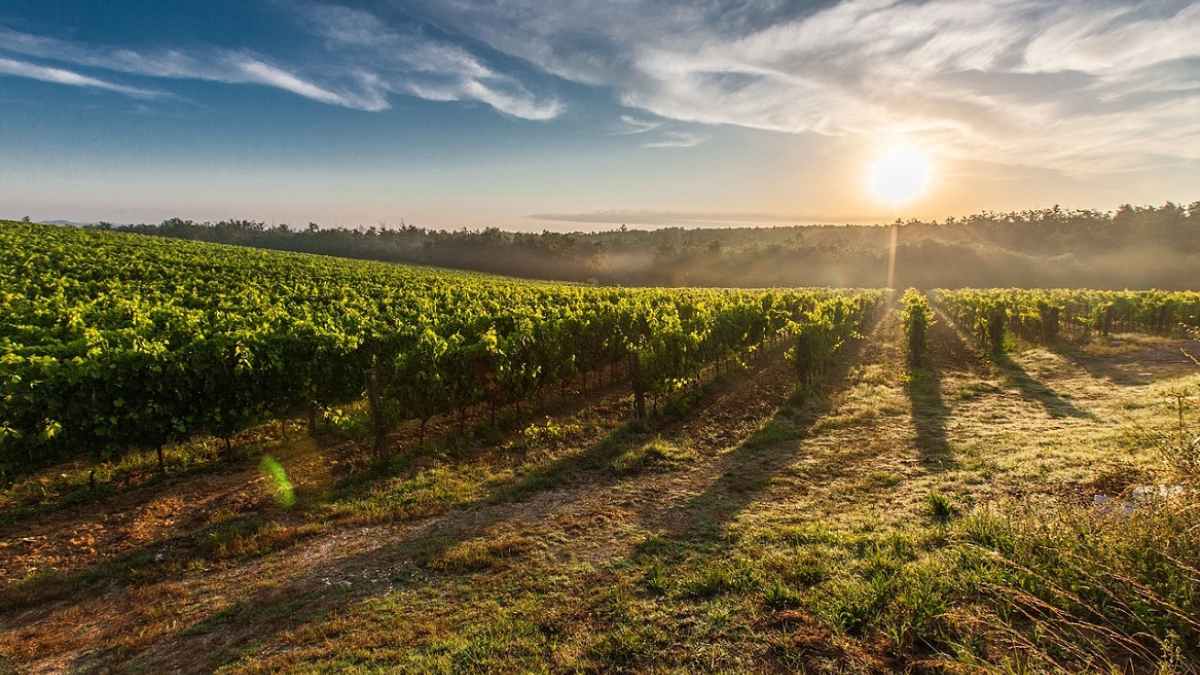Click here to read the Spanish version.
The wines with appellations of origin of Rueda, Cigales and Ribera del Duero in the province of Valladolid have collected 211,450,000 kilos of grapes to date, the result of an “acceptable” harvest in terms of production and “excellent” in terms of quality and health.
Specifically, the coordinator of UCCL in Valladolid, Valentín García, has detailed that as of today 7.4 million kg of grapes have been harvested in the Cigales D.O. and six wineries are still open and will possibly finish the harvest this week.
In addition, García detailed that 131 million kg have been harvested in the Rueda appellation, although he recalled that last year there were 155 million, so there has been a decrease of around 15%.

The start of the campaign in the Ribera del Duero appellation was on August 29 due to the high temperatures and to date around 73 million kg have been harvested. The campaign is expected to last another 10 days, so that it will end around October 15.
This was stated by the coordinator of UCCL in Valladolid at a press conference to assess the campaign, in which he indicated that although the harvest began in late August, the collection of the first 15 days was “insignificant”, as it was done in a timely manner and once the month of September passed, it “normalized, becoming widespread especially from 22/23 September, where the weather accompanied in an extraordinary way and allowed to be done smoothly.
D.O. RUEDA
In relation to the Rueda Denomination of Origin, García detailed that this is the largest in the province of Valladolid, with 19,000 hectares of the 20,700 hectares it has, and most of the grapes that have this denomination are white grapes and Verdejo in a majority way, around 88-89%.
This campaign, García pointed out, has had one more winery than last year, while of the 78 total in the province of Valladolid, 69 have been collecting grapes.
Regarding production limitations, the white varieties on trellises, Verdejo has allowed 10,000 kg, Viura 12,000 kg, and Sauvignon Blanc and Chardonnay 10,000 kg.

The coordinator of UCCL in Valladolid explained that the start of the harvest this year in the Rueda A.O. began on the night of August 15, especially with the sauvignon blanc variety, which is the earliest, followed four days later by the chardonnay, which have a shorter vegetative cycle, and from August 22 onwards, some verdejo grapes were harvested.
The decrease compared to last year has been blamed on a campaign where production “varies so much from one moment to another depending on the rains. He also pointed out that during the last days of September the reception has “fallen quite a lot, which means that the harvest is coming to an end”.
“As we were saying with respect to last season, there has been 15% less in terms of kilograms,” Valentín García pointed out, a similar situation to the 2018 season, in which ripening has been favorable and a “balance” has been achieved between the degree of acidity more optimal than even last year.
D.O CIGALES
As regards the Cigales Denomination of Origin, the coordinator of UCCL in Valladolid has detailed that the surface area has remained practically the same with a slight growth.
Thus, 1,900 hectares were harvested, and the varieties harvested were Tempranillo reds and, to a lesser extent, some whites such as Verdejo or Albillo, and the number of wineries was 32.

This year, García added, a new one has been opened in Trigueros del Valle and of these, one is in the province of Palencia and the rest are in the province of Valladolid.
D.O RIBERA DEL DUERO
With respect to the Ribera del Duero Denomination of Origin, the coordinator of UCCL in Valladolid indicated that the surface area has increased slightly with respect to last season.
Thus, the province of Valladolid has 6,000 hectares under this appellation, which represents 22% of the total, since Ribera del Duero has a total of 26,000 hectares. It should be noted that more than 98% of the grapes are Tempranillo red grapes, followed by Cabernet Sauvignon, Merlot and Malbec in smaller quantities.
Similarly, Garcia has detailed that the municipality with the largest area under cultivation during this campaign has been Pesquera de Duero, which has increased by 1,400 hectares, followed by Peñafiel, with 867 hectares.

